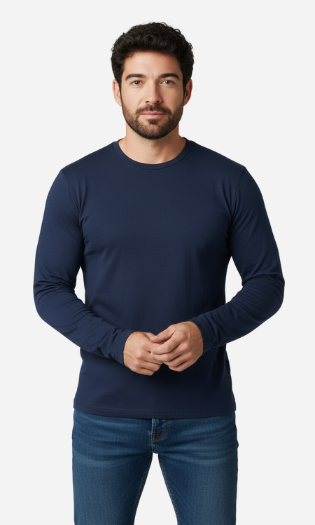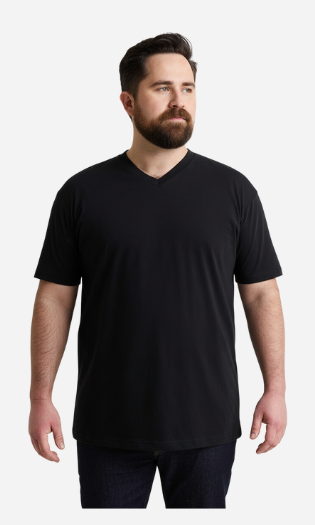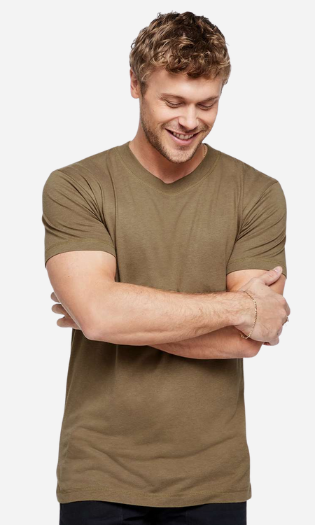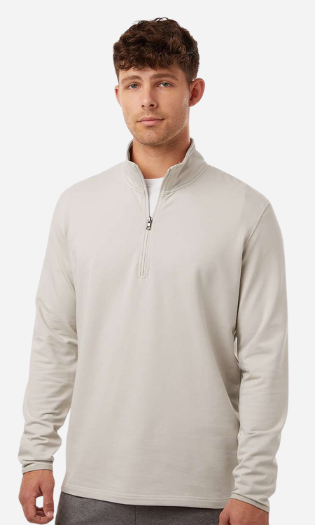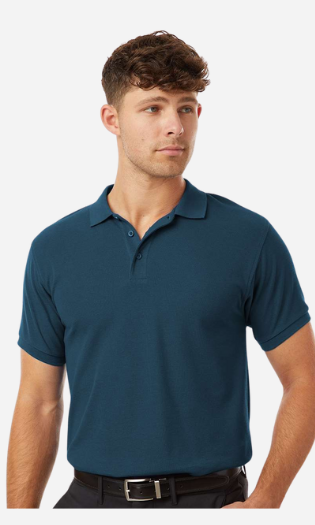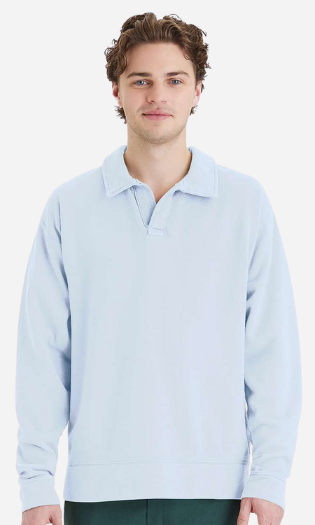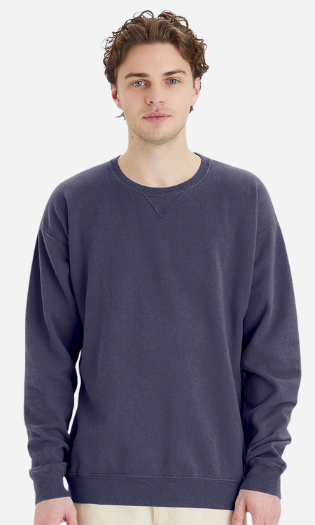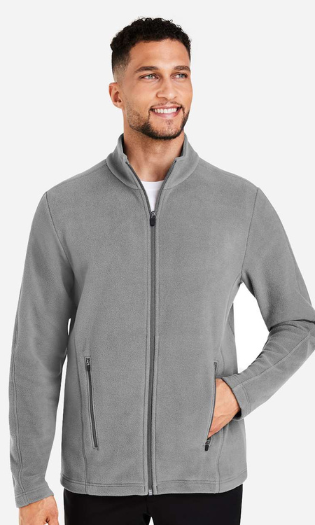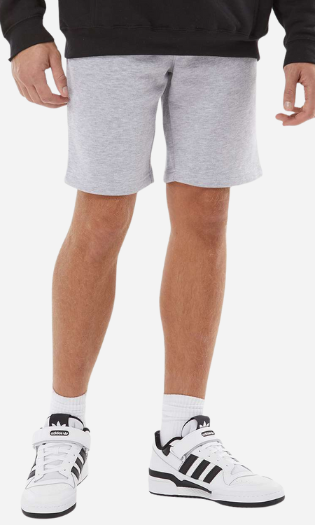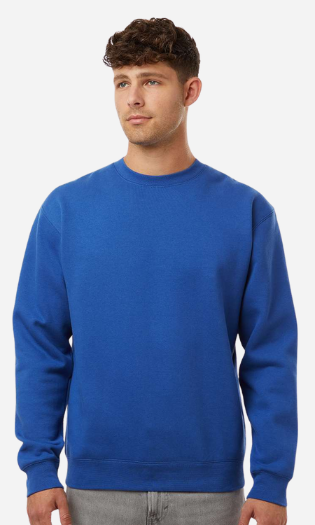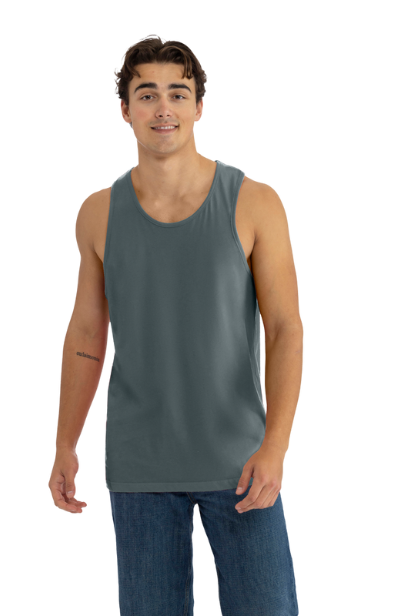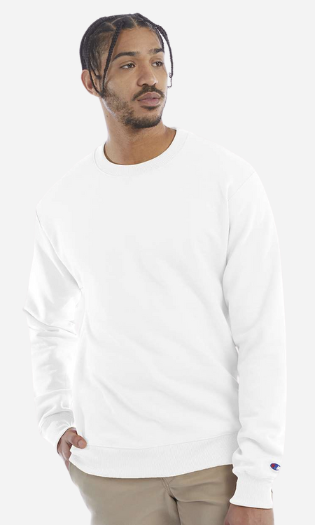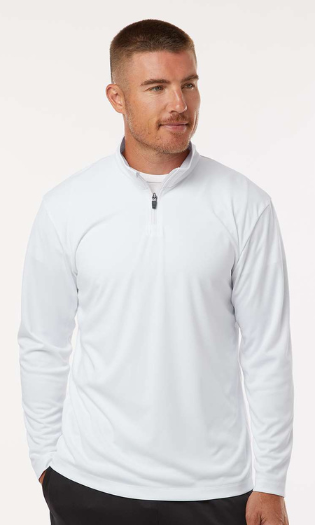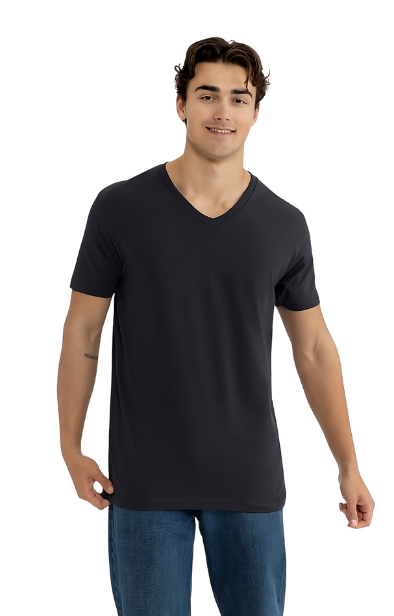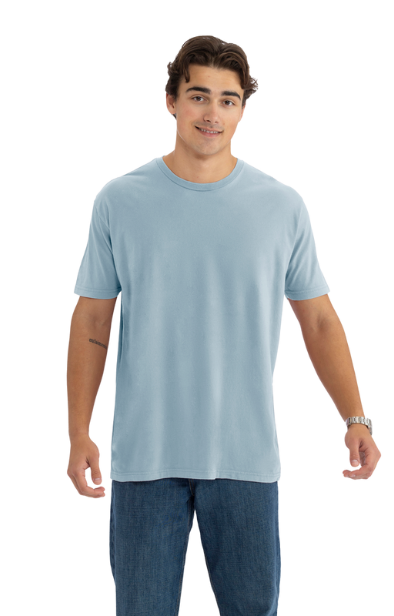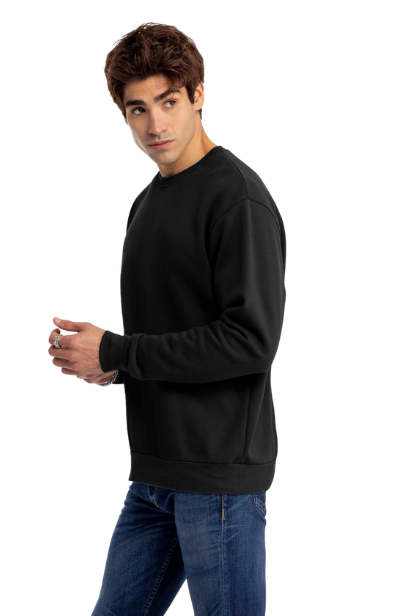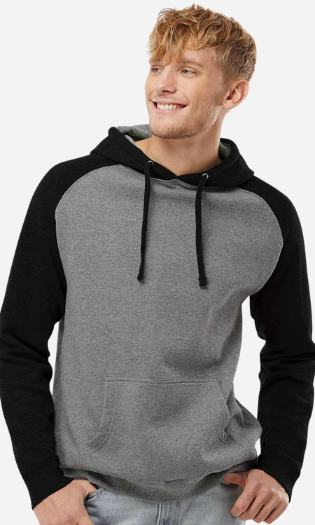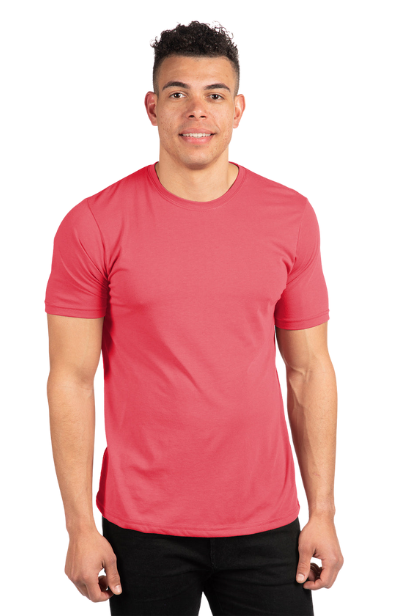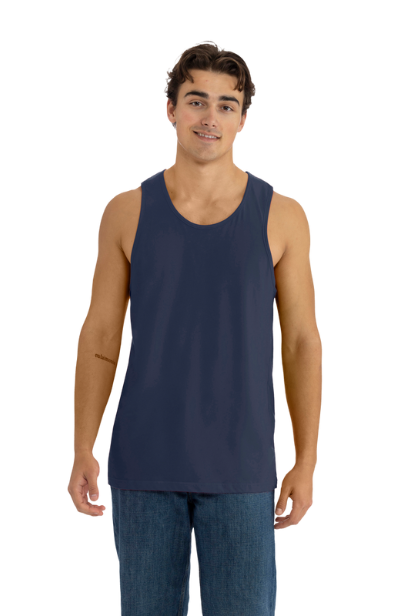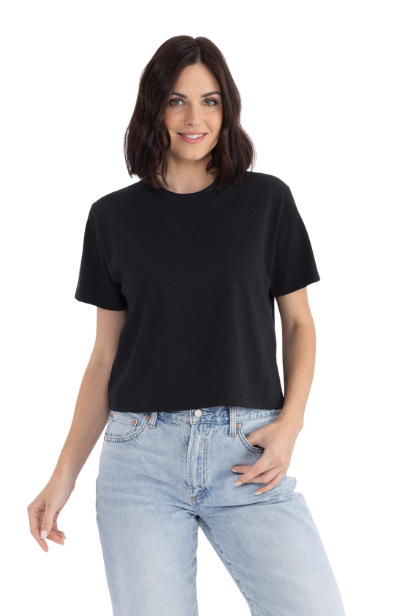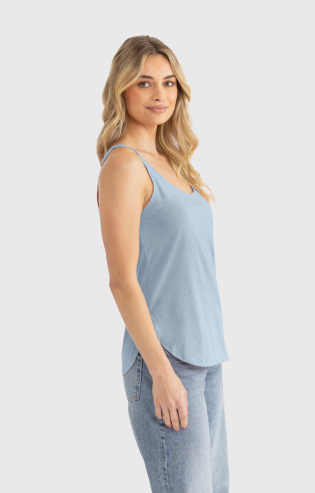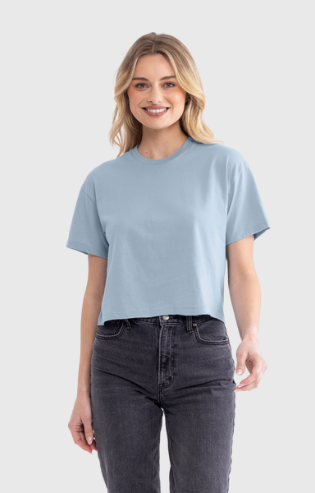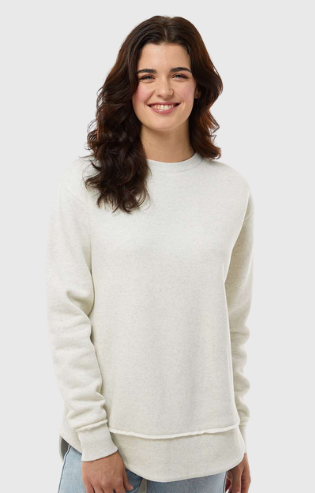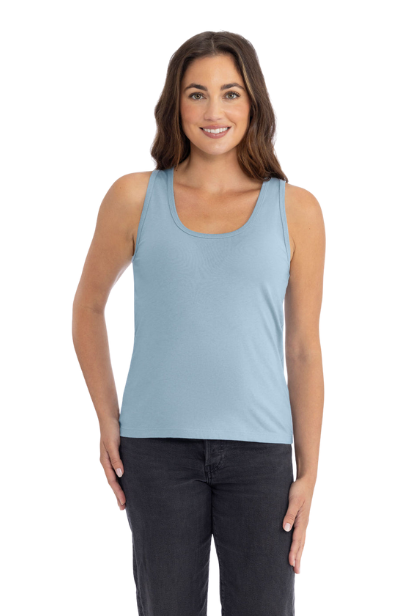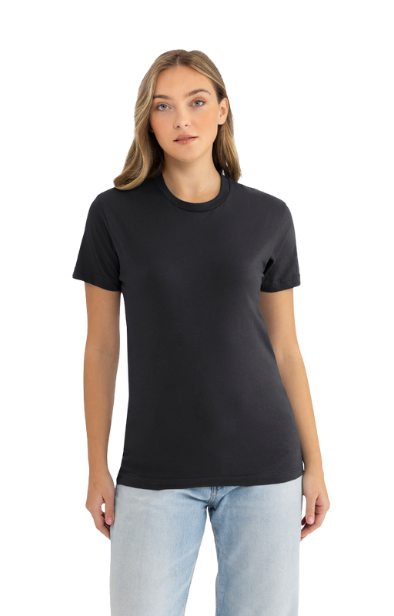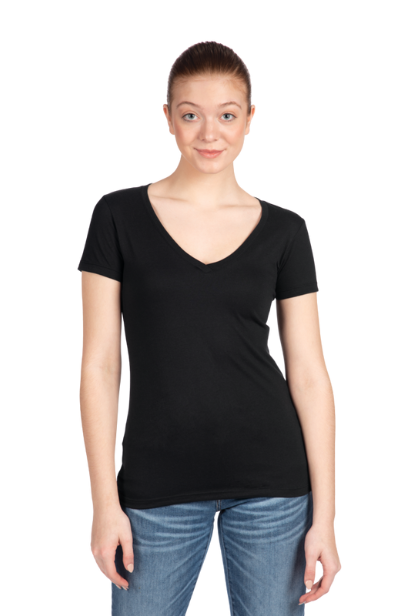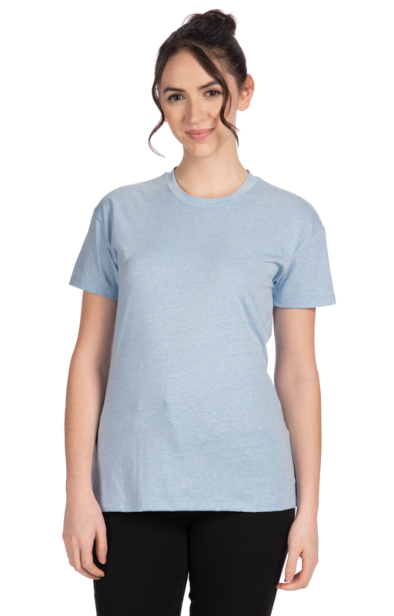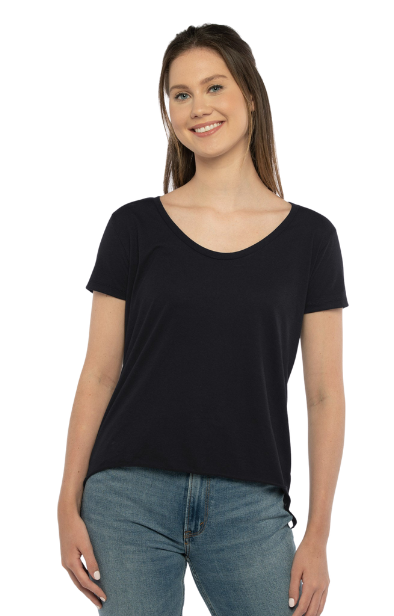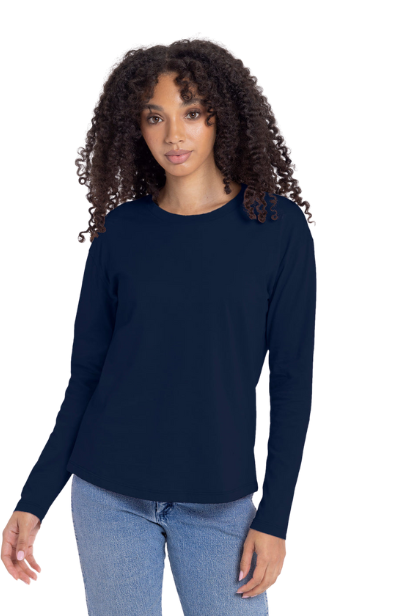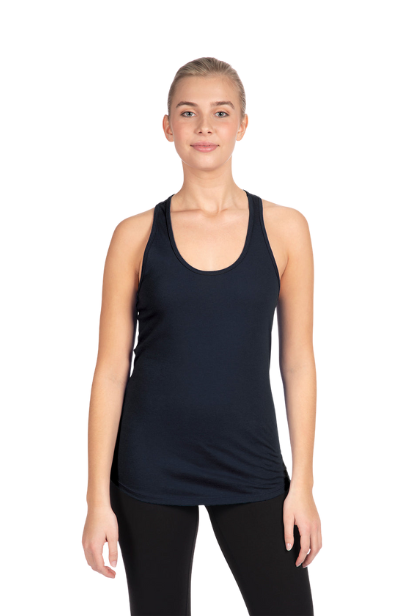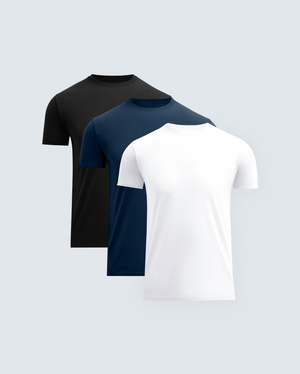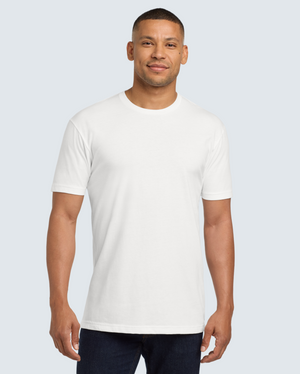Dear Men,
Your winter layering doesn't have to be complicated.
The key is having the right base pieces that keep you warm without the bulk. While everyone focuses on expensive jackets, the real secret to staying comfortable all winter is what you wear underneath.
This guide breaks down essential layering pieces every guy needs. We'll cover hoodies, sweatshirts, and the art of building outfits that work from 30 degrees to 60 degrees. Plus, how to score quality pieces during the men’s winter jackets sale season without overspending.
Why Layering Beats Heavy Jackets?
Here's something most guys miss:
Three thin layers keep you warmer than one thick jacket. Layers trap air between them, creating insulation. Plus, you can adjust throughout the day as temperatures change.
A solid hoodie under a light jacket beats a heavy parka for most situations. You get flexibility, comfort, and you don't look like you're heading to the Arctic when you're just grabbing coffee.
The Foundation: Quality Hoodies
Hoodies are the MVP of winter wardrobes. They work solo on mild days, layer perfectly under jackets when it's freezing, and transition easily from casual to athleisure.
What Makes a Good Hoodie
Not all hoodies are created equal. The difference between a $20 hoodie that falls apart and a quality one comes down to fabric and construction.
Look for cotton-poly blends around 60/40 or 80/20. Pure cotton shrinks and loses shape. Pure polyester feels cheap and doesn't breathe. The blend gives you softness, durability, and shape retention.
Weight matters. Lightweight hoodies (6-8 oz) work for layering. Midweight (10-12 oz) handles cool weather solo. Heavy hoodies (14+ oz) are your winter workhorses.
Fit should be slightly relaxed but not baggy. You want room to move and layer underneath, but not so much that you're swimming in fabric. Sleeves should hit at your wrist, not halfway down your hand.
Pullover vs. Zip-Up Hoodies

Both have their place. Pullovers provide more warmth since there's no zipper breaking up the front. They're better for actual cold weather. Zip-ups offer more versatility for layering and temperature control.
Pro tip: get one of each. Pullover for when you need maximum warmth. Zip-up for transitional weather and layering under jackets.
Colors to start with: gray, black, navy. These work with everything. Once you have basics covered, branch into olive, burgundy, or earth tones.
Crewneck Sweatshirts: The Understated Essential

Crewneck sweatshirts don't get enough credit. They're cleaner looking than hoodies, layer better under jackets, and work in more situations.
Why Crewnecks Work
No hood means they fit better under jacket collars. No zipper means consistent warmth. The simple design looks more intentional than a hoodie when you're dressing up in casual outfits.
Crewnecks work perfectly as mid-layers. Throw one over a long-sleeve tee, under a bomber or denim jacket. You've got a solid outfit that handles 40-degree weather easily.
Fabric rules are the same as hoodies. Cotton-poly blends in the 60/40 to 80/20 range. Avoid pure cotton unless you like dealing with shrinkage. French terry or fleece interior adds warmth without bulk.
Styling Crewnecks
Keep it simple. Crewneck with jeans and sneakers is a classic for a reason. Pair with chinos and boots for smart-casual situations. Layer under an overcoat for business casual settings.
The neck opening should sit comfortably without choking you or hanging off your shoulders. If you can fit two fingers between your neck and the collar, that's about right.
Long Sleeve Tees: The Base Layer Nobody Talks About
Long-sleeve tees are the foundation of good layering. They work under everything and add warmth without bulk.
Why You Need Quality Base Layers
Cheap long sleeve tees get stretched out, pill after a few washes, and look sloppy. Quality ones hold their shape, feel good against skin, and last years.
Look for fitted or athletic fits. Not tight, but not loose either. The tee should follow your body shape without clinging. This prevents bunching when you layer over it.
Fabrics: cotton-poly blends again, or merino wool if you want to spend more. Merino regulates temperature naturally and doesn't hold odors like synthetic fabrics. Worth it if you wear them frequently.
Temperature Guide
Long sleeve tee solo: 60-70 degrees Long sleeve tee + hoodie: 45-60 degrees
Long sleeve tee + crewneck + jacket: 30-45 degrees All of the above + heavy coat: Below 30 degrees
Building Your Winter Layering System
You don't need 20 pieces. You need the right pieces that work together.
The Essential Five
Start with these five items, and you can handle any winter situation:
-
Quality pullover hoodie (midweight, neutral color)
-
Zip-up hoodie (for layering and temperature control)
-
Crewneck sweatshirt (cleaner look than hoodies)
-
Two long sleeve base layer tees (fitted, neutral colors)
With these five pieces, you can create dozens of outfit combinations. Add a decent jacket or two, and you're set for the entire season.
How to Layer Effectively
The trick is sizing. Your base layer should fit closest to your body. Mid-layer (hoodie or crewneck) should be one size more relaxed. The outer layer (jacket) should fit over everything without pulling.
Each layer should be visible. About half an inch of your base layer tee should show below your hoodie. Your hoodie should peek out from under your jacket. This creates visual depth and looks intentional.
Color layering: keep it simple. Neutral base, neutral mid, neutral outer works every time. If you want color, add it in one layer only. Don't mix three bold colors unless you really know what you're doing.
Shopping Smart During Sales
Quality layering pieces don't have to destroy your budget. You just need to know when to buy.
Best Times to Buy
Sales events for men’s winter jackets happen alongside sales on hoodies and sweatshirts. Retailers clear winter inventory together, so you can build your entire layering system at once.
January-February: Post-holiday clearances hit 40-70% off. This is prime time for stocking up on basics.
March-April: End-of-season blowouts. Selection gets picked over, but prices hit rock bottom. Great for backup pieces in colors you don't care about.
Black Friday/Cyber Monday: Decent discounts (25-40%) with full selection. Good for buying what you need now rather than waiting for clearance.
Quality vs. Price
A $40 quality hoodie beats three $15 cheap ones. The good one lasts five years and looks better the whole time. The cheap ones fall apart after 10 washes.
Signs of quality: thick fabric that feels substantial, reinforced stitching at stress points, quality ribbing at cuffs and waist that bounces back, and colorfast dyes that don't fade.
Skip anything that feels thin, has loose threads, or looks faded on the rack. If it looks rough new, it'll look terrible after a few wears.
Care and Maintenance
Make your investment last by treating it right.
Washing Rules
Turn everything inside out before washing. This prevents fading and protects the exterior from friction damage.
Cold water, gentle cycle. Hot water shrinks cotton and damages the elasticity in ribbing. Save energy and your clothes by going cold.
Skip the fabric softener on performance fabrics or anything with a fleece interior. It coats fibers and reduces their effectiveness.
Air dry when possible. If you must use a dryer, use low heat only. High heat destroys elastic, shrinks cotton, and damages fabric structure.
Storage
Fold hoodies and sweatshirts. Don't hang them—the weight stretches out shoulders over time.
Keep them in a cool, dry place. Avoid damp basements where mildew can develop.
Clean everything before storing for the season. Body oils and dirt attract bugs and cause stains if left sitting for months.
Styling Different Looks
Same pieces, different vibes. It's all about how you combine them.
Casual Weekend
Long sleeve tee + pullover hoodie + jeans + sneakers. This is your default comfortable outfit. Works for running errands, hanging with friends, or lazy Sundays.
Stick to neutral colors and you look put-together without trying. Gray hoodie, black tee, dark jeans. Done.
Smart Casual
Long sleeve tee + crewneck sweatshirt + chinos + boots. Step up from the basic hoodie look without going full business casual.
Works for casual dates, nicer restaurants, or meeting friends at a bar. Add a jacket over the crewneck when it's cold.
Athleisure
Zip-up hoodie + fitted base layer + joggers + clean sneakers. The athletic look that's acceptable everywhere now.
Keep it fitted. Baggy athleisure looks sloppy. Everything should follow your shape without being tight.
Layered and Warm
Base layer tee + crewneck + zip-up hoodie + jacket. For when it's actually freezing and you need all the layers.
The zip-up gives you temperature control. Unzip when you're inside or moving around. Zip up when you're standing still outside.
Fit Guide for Layering Pieces
Fit makes or breaks layering. Here's what to look for.
Hoodies and Crewnecks
Shoulders: seam should hit at the edge of your shoulder, not drooping down your arm.
Length: should cover your belt but not hang past mid-zipper. Too short looks weird, too long looks sloppy.
Sleeves: end at your wrist bone. If they're covering half your hand, size down.
Body: slightly relaxed through the torso. Not tight, not baggy. You should be able to comfortably layer a tee underneath.
Base Layer Tees
These should be more fitted. Think athletic fit—follows your shape without clinging.
Sleeves hit at your wrist, maybe slightly above. Should be slim through the arms without restricting movement.
Length should be long enough to stay tucked in or cover your belt line. Nothing worse than your base layer riding up when you reach for something.
Current Trends Worth Knowing
The layering game has evolved. Here's what's actually trending.
Oversized Comfort
Slightly oversized fits are in, but there's a difference between oversized and huge. You want relaxed, not swimming.
Order your normal size but look for brands that cut roomier. Or size up one and make sure shoulders still fit right.
Neutral Earth Tones
Olive, tan, rust, brown, cream. These colors are everywhere and for good reason—they work together and with denim.
Mix earth tones freely. Olive hoodie with tan pants. Brown crewneck with olive jacket. It all flows naturally.
Textured Fabrics
Waffle knits, French terry, brushed fleece. Texture adds visual interest without loud colors or graphics.
These fabrics also tend to be higher quality with better insulation properties.
Building Your Collection Over Time
You don't need everything at once. Build strategically over a few seasons.
Year One: The Basics
Focus on getting one quality piece in each category. One pullover hoodie, one crewneck, two base layer tees. Stick to neutral colors that work with everything.
This foundation handles most situations. Once you have these, you know what you wear most and what you need more of.
Year Two: Adding Depth
Add a second hoodie in a different weight or style. Get that zip-up. Add more base layers so you're not washing the same two constantly.
Branch into one or two non-neutral colors. An olive hoodie, a burgundy crewneck. Pieces that add interest but still work with your basics.
Year Three: Completing the System
Now you're filling specific gaps. Maybe you need a heavyweight hoodie for really cold days. Or a lighter crewneck for layering under blazers.
You know your style by now. Buy pieces that fit how you actually dress, not how you think you should dress.
Why Quality Basics Matter
Cheap basics seem like a good deal until you're replacing them every season.
Quality pieces cost more upfront but last 5-10 years with proper care. That $50 hoodie worn 100 times a year for 5 years? That's 10 cents per wear.
Plus, quality basics just feel better. Softer fabric, better fit, holds shape after washing. When your everyday clothes feel good, everything else falls into place.
Final Thoughts
Winter layering is about having the right foundation pieces. Quality hoodies, crewnecks, and base layers do more for your comfort and style than any expensive jacket.
Start with the basics in neutral colors. Learn what you actually wear. Build from there based on real needs, not trends.
Watch for sale on men’s winter jackets during periods when retailers clear inventory. You can build a complete layering system for a fraction of regular prices if you time it right.
Take care of what you buy. Wash properly, store correctly, and your pieces will last years instead of seasons.
Comfort and style aren't opposites. With the right layering pieces, you get both. That's the real secret to winter dressing.

